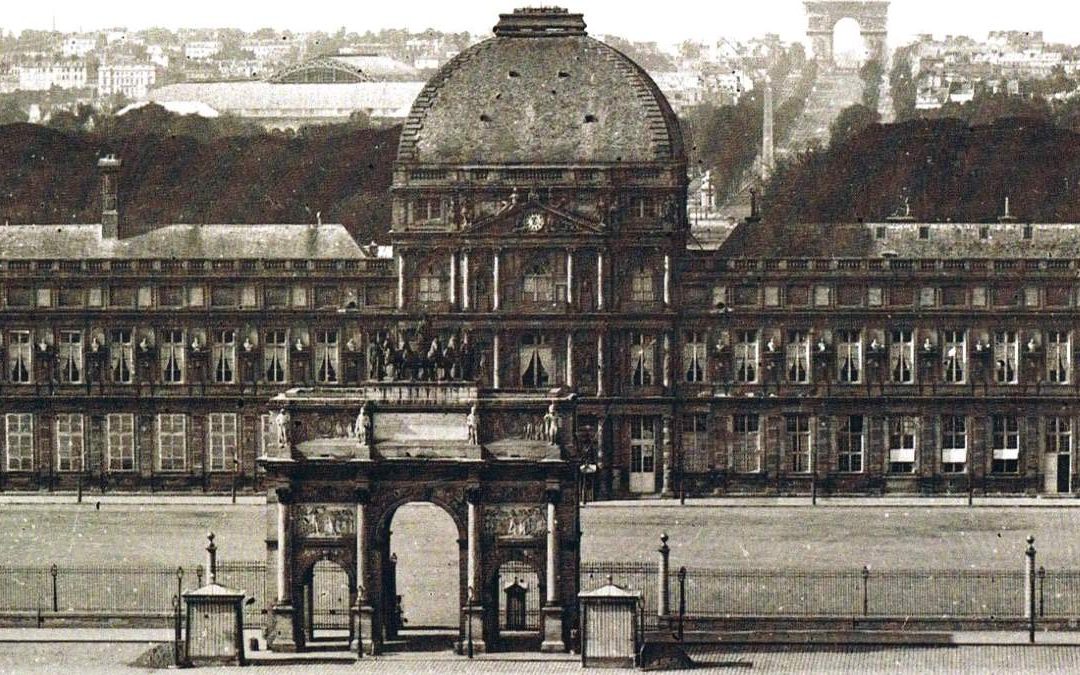After an early career as a child prodigy, the 22-year old Mozart traveled to Paris in 1778 seeking his musical fortune. While his job search was ultimately unsuccessful, he did compose a number of works that have come down to us, particularly his splendid 31st Symphony, the “Paris.”
This work was commissioned by the Concert Spirituel, the foremost performing organization in Paris, founded in 1725, during the reign of Louis XV. This was a great opportunity for the young composer. It gave him the chance to write a work for the largest orchestral forces he had encountered to date — a full complement of winds (including clarinets), brass, timpani and strings. Mozart was very much aware of the contemporary French taste in music and wrote his new symphony to meet the expectations of his audience.
It has just three movements (Allegro assai, Andante, Allegro); unlike German works, it did not include a minuet. Most striking, he incorporated the Parisian taste of starting a symphony with a “coup d’archet,” a rising passage played in unison by the entire orchestra. Not only did he start the symphony with it — he made it a recurring theme in the first movement! He also used this technique in the opening of the last movement.
Of note, Mozart composed two versions of the Andante middle movement. We are performing the version which is presumed to be the final one — a lyrical rondo-like movement in 6/8 time.
Symphony No. 31 in D Major
"Paris," K. 297/300
Composed in 1778
By Wolfgang Amadeus Mozart






